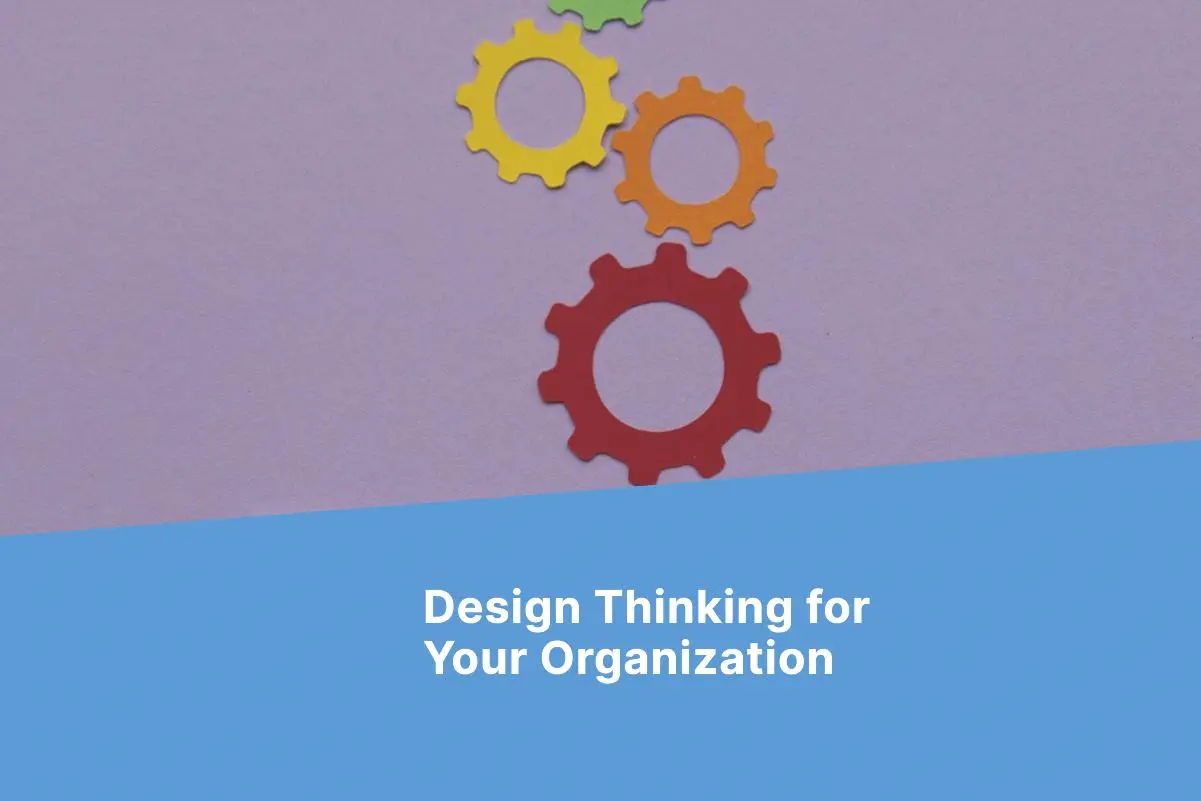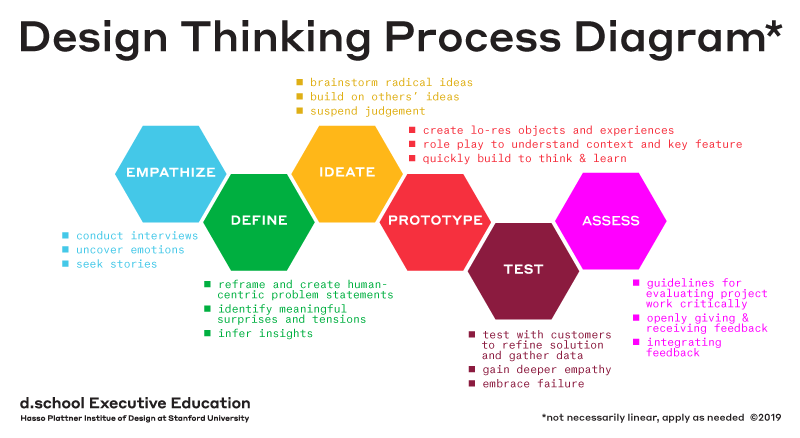Design thinking is a method. It helps you solve problems creatively. Stanford’s d.school created this model. Many successful companies use it.
Here’s how you can implement it in your organization.
Step 1: Empathize
First, understand the people you are designing for. Talk to them. Observe them. Put yourself in their shoes. Feel their pain points.
Example: Imagine you run a small bakery. Customers often complain about long waiting times. Spend a day in the bakery. Watch what happens during busy hours. Listen to customers. Understand their frustration.
Step 2: Define
Next, clearly define the problem. What exactly is the issue? Use the information from the empathize stage. Create a clear problem statement.
Example: In the bakery, the problem might be: “Customers experience long waiting times during peak hours, leading to dissatisfaction.”
Step 3: Ideate
Now, brainstorm solutions. Gather your team. Encourage everyone to share ideas. No idea is too crazy. Aim for quantity, not quality.
Example: In your bakery, you might suggest ideas like:
- Introducing a mobile app for pre-orders.
- Setting up a separate line for coffee-only orders.
- Rearranging the workspace for better efficiency.
Step 4: Prototype
Build simple, low-cost versions of your ideas. These prototypes should be easy to create. They help you see what works and what doesn’t.
Example: Create a basic version of your mobile app. Use paper mockups to show the new layout of your bakery. Test these prototypes with a few customers.
Step 5: Test
Test your prototypes with real users. Gather feedback. See what works and what needs improvement. Iterate based on this feedback.
Example: Ask a few loyal customers to use the mobile app. Observe how they use it. Note any issues. Ask for their opinions. Make changes accordingly.
Real-Life Success Stories
Many companies have benefited from design thinking. For instance, IDEO, a global design company, uses this method to create innovative products and services. You can read more about their approach here.
Science-Backed Benefits
Research shows that design thinking can significantly enhance user experiences and boost customer satisfaction. According to a study by the Design Management Institute (DMI), design-driven companies have outperformed the S&P 500 by 219% over ten years. This highlights the substantial business advantage of integrating design principles into core strategies. You can explore the details of this study here.
Additionally, Forrester Research Consulting’s study found that companies with advanced design practices reported higher market shares, competitive advantages, and more loyal customers. Learn more about these insights here.
Conclusion
Implementing Stanford’s d.school design thinking model can transform your organization. Start by empathizing with your users. Define the problem clearly. Brainstorm solutions. Create prototypes. Test and iterate. This approach leads to innovative solutions and happier customers.


